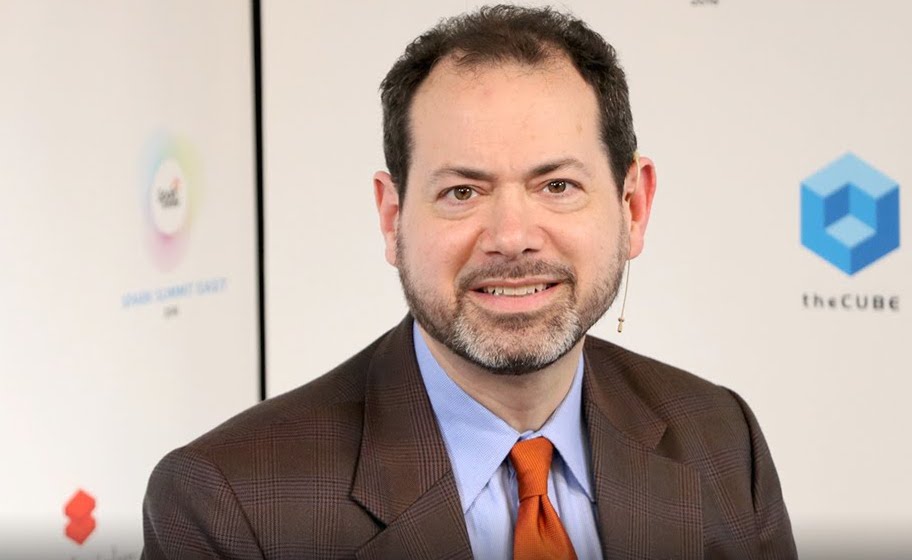 NEWS
NEWS
 NEWS
NEWS
 NEWS
NEWS
When I spent several days at Teradata Corp.’s recent annual analyst event in La Jolla, Calif., I had expected to be treated to a stream of technical details about hardware architectures, database technology comparisons and Business Intelligence (BI) vendor positioning.
I was wrong. Instead, Teradata displayed a surprising embrace of the new world of Big Data. Here’s what I found:
Instead of speeds and feeds, Teradata positioned itself as all about transformational business outcomes made possible by on an expansive definition of analytics. In the past — as in just a few months ago — Teradata’s story focused helping companies tune business performance by querying large volumes of highly-curated operational data on its specialized hardware. Now, Teradata was talking about using analytics to generate revenue or provide superior customer experience by combining known sources of operational data with much-harder-to-model data sources about interactions and observations.
In one usage scenario the company provided, a customer used Teradata’s combination of technology to find the root cause of a rise in warranty costs. This customer utilized data from an array of systems to, first, identify that the rise in warranty actions stemmed from problematic batteries; second, pinpoint the production lots with the problematic batteries; third, reach out to customers who hadn’t yet experienced the problem; fourth, coordinate a service recall; and fifth, differentially engage customers with strong social media influence. That is not a typical data warehouse scenario.
Several themes are entirely new in the customer example above: The solution required exploitation of a lot of data that hadn’t been laboriously designed by committee; data movement wasn’t hard wired using expensive and complex middleware; nobody said, “Can’t do that. You’re breaking our security rules.” In fact, Teradata recommended that the client just “pour” the data into Hadoop, not Teradata’s own relational database, and perform a lot of the data preparation and processing using open source tools.
In other words, Teradata was preaching the end of the assumption that a relational database was the answer to all questions. Even more important, Teradata now acknowledges that analytics solutions will require a variety of different technologies, tools and skills. As businesses take on increasingly complex problems, analytics needs can’t be solved with a one-size-fits-all data warehousing approach.
Teradata isn’t the first or only infrastructure vendor trying to become an application solutions vendor. The relatively few who’ve made the transformation in the past, such as Oracle, have had a growing infrastructure business with operating profits of 50 percent or more. Teradata’s strategy is to lead with its professional services organization that has repeatable expertise in solution areas such as anti-fraud analytics, predictive outcomes in healthcare, cross-channel behavior analysis and manufacturing performance optimization, among others. With ongoing engagements, the portion that’s repeatable intellectual property grows relative to the custom work. The salesforce has to undergo its own transition from skills and relationships focused on infrastructure to ones focused on solutions. Historically, only a small fraction of companies have made that transition.
Making this transition will be challenging. Teradata’s core business has benefited from the high absolute gross margin dollars from selling appliances. Now it will increasingly face metered cloud pricing that’s further pressured by open source alternatives.
But it’s clear from the analyst event that Teradata now understands that’s a transition it has to make.
Wikibon Research is owned by the same company as SiliconANGLE.
THANK YOU